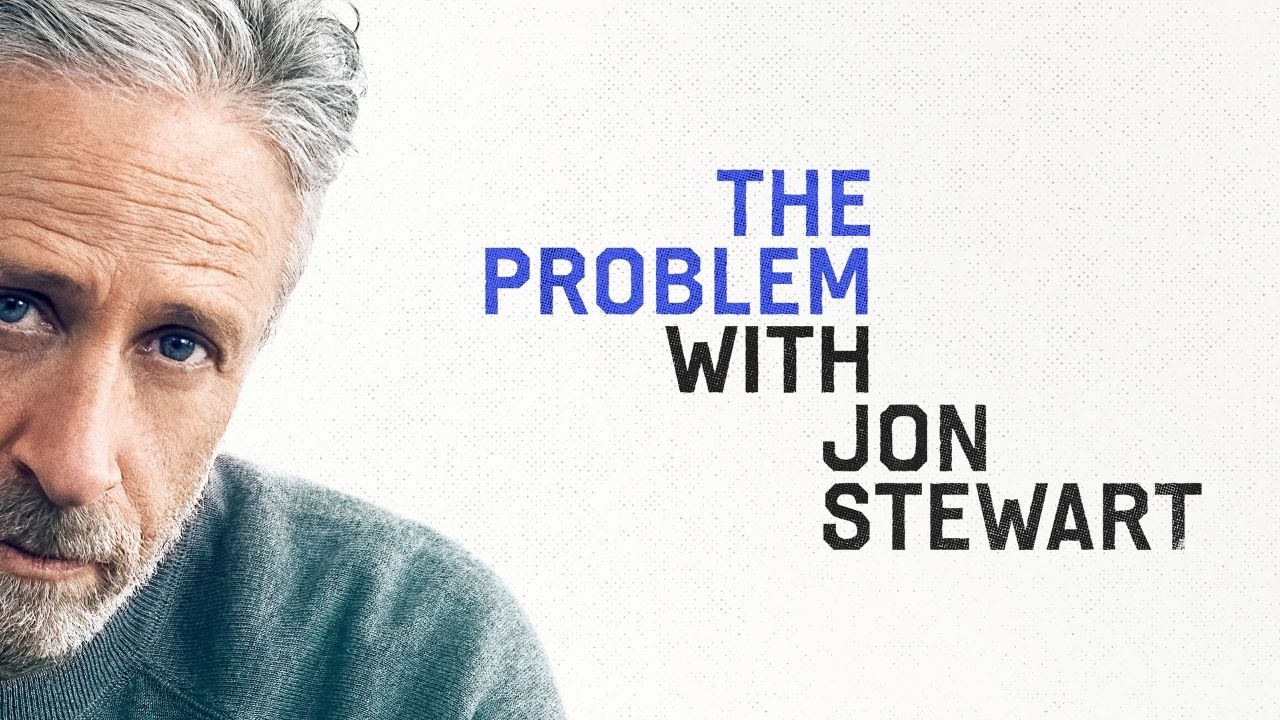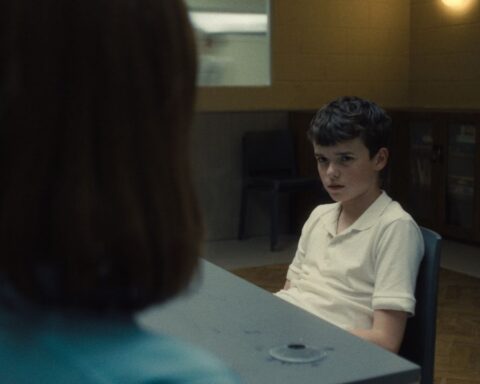The problem with Jon Stewart is that he’s been away for far too long. So much has happened in America, and across the world, and despite there being more soapboxes than ever before, his is a point of view that has truly been missed. His unique style, built upon a stunning intellect and razor sharp wit, driven by a genuine curiosity about the world and the utter bewilderment at how it works, made him a truly exceptional journalist. Whether or not he sees himself as one.
Stewart used to describe The Daily Show as a “fake” news programme. But in the six years that he’s been away, we’ve seen the proliferation of actual “fake news” programmes on networks like Fox News, Newsmax, and One America News. Alternative facts and the platforms that peddle them have created deep, insurmountable chasms between right and left, militarizing our discourse to the point where disagreements have stopped being civil. It is the fear of such epistemic violence that has caused us to retreat further into our own bubbles, surrounding ourselves with only the opinions we agree with, and reinforcing our own narrow view of the world. For better, occasionally. But mostly for worse.
Those on the other side would likely describe The Problem with Jon Stewart as a show for the liberal class. I’d like to think of it as a show for the engaged. For the rational. For those looking to be informed. For anyone open to the idea that the problems of this world transcend partisan politics and are willing to listen to a good argument.
The Prodigal Son Returns

Now it isn’t that American discourse has been lacking voices such as Stewart’s. Ever since he gave up hosting duties of The Daily Show in 2016, there have been a huge number of comedians and commentators – most of them his proteges – who have stepped in to fill that void. Trevor Noah eventually found and established his own unique voice on The Daily Show. Steven Colbert has transformed The Late Show from yet another varnished late night variety show into something real. And John Oliver keeps winning Emmys. There’s Full Frontal with Samantha Bee and the short-lived, but brilliant, Patriot Act with Hasan Minhaj.
Almost every late night and magazine show on air today owes something to Jon Stewart and The Daily Show. They have all evolved in a similar way, serving to synthesize the complex issues of the world into bite sized, easily comprehensible pieces of infotainment. We then share these videos with our friends and on social media. We use their talking points to seem clever and well informed at dinner parties.
Stewart isn’t looking to return to that space. Sure there are the pre-requisite jokes and self-deprecation, but that’s not what this show is. While The Problem with Jon Stewart might utilize a familiar format, Stewart’s own motivations for doing this feel different. Clearly inspired by the instrumental part he played in getting the United States government to establish a permanent victim compensation fund for 9/11 first responders, he sets this show apart by pushing advocacy to the top of his agenda. Each episode focusses on a specific issue or “problem” (the first two cover healthcare for veterans and the erosion of democracy), and feels like it’s been designed to move you to action. It’s a cunning blend of journalism, comedy, celebrity, and activism, with Jon Stewart using his access and influence to try and affect change.
You’re not going to find authors on book tours, or actors promoting their latest movie on The Problem with Jon Stewart. Here, the panels are populated with people who are directly impacted by the “problem” in question, and Stewart spends just as much time listening to them as he does talking to us.
Besides the usual monologues, panel discussions, and quick skits, every episode is also punctuated with short behind-the-scenes segments that give us a “candid” look what goes on in the show’s writers room. These serve a dual purpose. On the one hand, it gives us some insight into what Stewart and his writers are hoping to achieve with these conversations. On the other, they are also there to show us just how inclusive and diverse his team actually is. (They’ve got women, and African Americans, and Muslims, and everything!) Which, in itself, seems like a very conscious rebuttal of the other side.
A Work In Progress

From the first two episodes that were furnished to us by Apple, it’s clear that The Problem with Jon Stewart is still very much a work in progress. Don’t get me wrong. The production is tight and the message is clear. Stewart remains relevant and his schtick still works. What’s different this time, however, is that he now needs to reestablish his voice in a market that’s saturated with shows that were created in his image but have long outgrown his influence.
It’s an exciting prospect. Getting in on the ground floor and watching the man who pioneered the form potentially evolve and reinvent it. He might pull it off. He might not. But for right now, I’m just glad that he’s back.









Follow Us